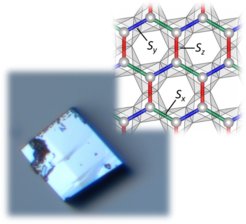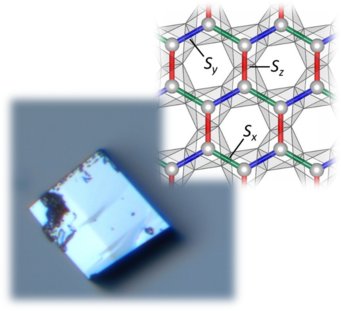Synthesis, transport and thermodynamics of strongly correlated micro-crystals
Materials hosting strongly correlated electrons display a plethora of fundamentally interesting and potentially useful states – for example potential quantum spin liquids, topologically non-trivial phases and unconventional superconductivity.
Exploratory materials synthesis is crucial to discovering more of these emergent phenomena as, despite decades of study and improvements in our understanding of their underlying physics, serendipity still has a strong role to play in discovering new exotic phases [1-4]. However, indications of these new phases are often first discovered in polycrystalline materials. This presents problems in their detailed physical characterisation and pinning down the driving mechanisms as fundamental quantities such as e.g. electrical conductivity and specific heat cannot be measured with sufficient accuracy and precision. Furthermore, once larger single crystals become available contradictions to the previously reported physical properties often appear and it becomes difficult to determine which samples are showing the intrinsic behaviour of the compound [5].

Micro-crystal of Bi3Os3O11 (left) and a schematic of bond-dependent magnetic coupling in iridates (right).
Recent advances are now starting to change this paradigm, with the development of exciting capabilities to isolate and mount microcrystals for high quality transport, thermodynamic and spectroscopic measurements such as resistivity, specific heat, magnetisation, magneto-optics and angle resolved photoemission spectroscopy on such small samples as micro-crystals.
This project will focus on the synthesis of ultra-clean samples of novel strongly correlated transition metal oxides in polycrystalline and (micro) single crystal form, combining rigorous structural and chemical characterisation, including at central facilities such as neutron and synchrotron x-ray sources, with state-of-the art transport and thermodynamic measurements and other physical characterisation. This will allow significant advances in the reliability of the identification of exotic phases in new materials and help bridge the powder/single crystal gap. This project is ideally suited to candidates with interests spanning solid state chemistry and condensed matter physics.
References
Nature Mater. 16, 1068–1076 (2017)












